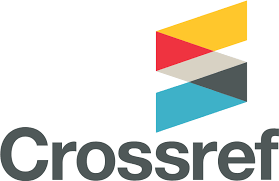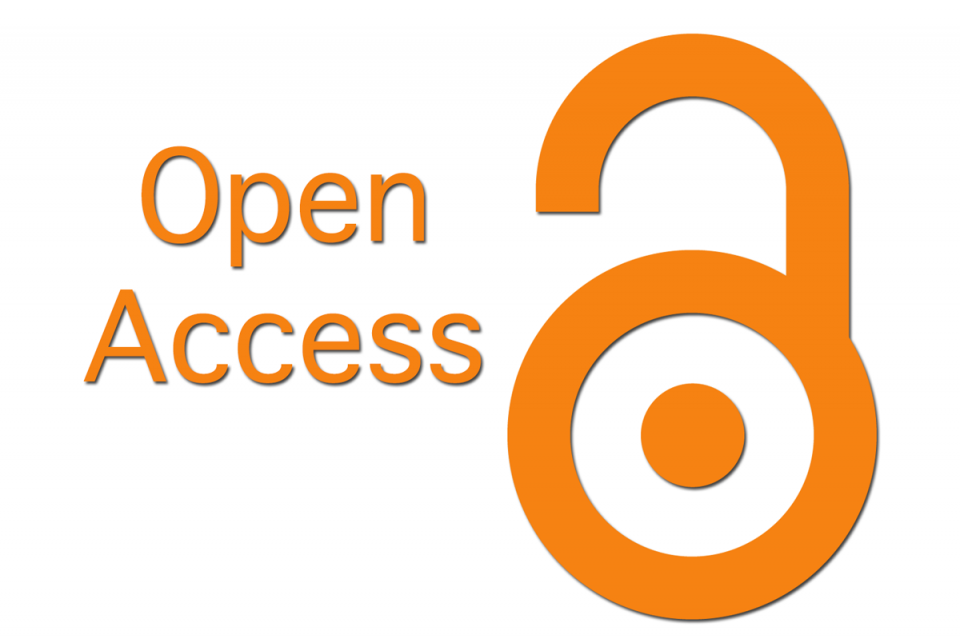COMMUNICATIVE TACTICS OF THE ACCUSED IMAGE CREATION
Abstract
Current researchers’ attention focused on speech behavior in professional communication fieldpresupposes special interest in individual and social aspects of the speaker’s activities. The articledeals with such an aspect of linguistic individual’s behavior as communicative influence strategiesand tactics in the texts of Russian, Kazakh and American trial discourse. The subject of research istactics of negative and positive characterization for the creation of the accused image.Practical significance of the work lies in the possibility of the results’ use while working outcourses in Trial and General Rhetoric, Discourse Theory, Social Linguistics, Pragmatic Lin-guistics. The data collected may serve theoretical foundation for manuals in mastering trialspeaking. In the work the following research methods were implemented: hypothetical inductive,interpretation, contextual functional comparative quantitative and qualitative analysis, continuoussampling.The research is aimed at identifying the correlation between speech behavior ofprofessional participants of trial communication and their social roles, communicative situationfeatures and peculiarities of ethnic mentality.It is revealed that Russian trial discourse is characterized by confrontation, striving at moralevaluation of the accused actions; Kazakh – by striving at compromises, moral evaluation of theaccused actions; American – by less distance of communication of professionals and the audience,greater variety of the means used.Downloads
Metrics
References
Дубровская, Т. В. О речевом взаимодействии судьи с представителями обвинения и защиты в жанре судебного допроса/Т. В. Дубровская//Вестник Ленинградского государственного университета им. А. С. Пушкина. Сер. Филология. -2009. -No 5. -Т. 2. С. 135-147.
Контекст: ...Исследователь также отмечает, что определенная степень гибкости речевого поведения судьи и участников судебного процесса возможна благодаря использованию разных речевых тактик при выполнении более общих стратегических задач [1, с. 135-147].
Касьянова, К. О русском национальном характере/К. Касьянова. -М.: Институт национальной модели экономики, 1994. -367 с.
Контекст: ...Эта черта русского менталитета была выделена К. Касьяновой и охарактеризована, как желание вникать в чужие проблемы, не касающиеся их лично, чтобы восстановить справедливость, моральные нормы [2, с. 235].
Кобликов, А. С. Юридическая этика. -1999. -Режим доступа: http://sbiblio. com/biblio/archive/koblikov_jur/02.aspx.
Контекст: ...Профессиональная этика требует, чтобы эта отрицательная характеристика была корректной и обоснованной, поэтому обвинитель должен быть сдержан в выборе слов и выражений, не имеет права прибегать к насмешкам, оскорблениям и другим приёмам, унижающим честь и достоинство человека [3].
Райтмар, Р. Прагматика извинения: Сравнительное исследование на материале русского языка и русской культуры/Р. Райтмар. -М.: Языки славянской культуры, 2003. -272 с.
Контекст: ...Исследователь Р. Ратмайр связывает это с так называемой «культурой вмешательства», считая вмешательство характерной чертой русского общения [4].
Тютюнова, О. Н. Коммуникативные стратегии и тактики судебного дискурса/О. Н. Тютюнова: дис..канд. филол. наук: 10.02.20/О. Н. Тютюнова. -Волгоград, 2008. -247 с.
Контекст: ...Каждая из стратегий реализуется определённым набором коммуникативных тактик [5, с. 127-129, 197].
Copyright (c) 2017 Юрислингвистика

This work is licensed under a Creative Commons Attribution 4.0 International License.
The authors, which are published in this journal, agree to the following conditions:
1. Authors retain the copyright to the work and transfer to the journal the right of the first publication along with the work, at the same time licensing it under the terms of the Creative Commons Attribution License, which allows others to distribute this work with the obligatory indication of the authorship of this work and a link to the original publication in this journal .
2. The authors retain the right to enter into separate, additional contractual agreements for the non-exclusive distribution of the version of the work published by this journal (for example, to place it in the university depository or to publish it in a book), with reference to the original publication in this journal.
3. Authors are allowed to post their work on the Internet (for example, in a university repository or on their personal website) before and during the review process of this journal, as this may lead to a productive discussion, as well as more links to this published work (See The Effect of Open Access).










